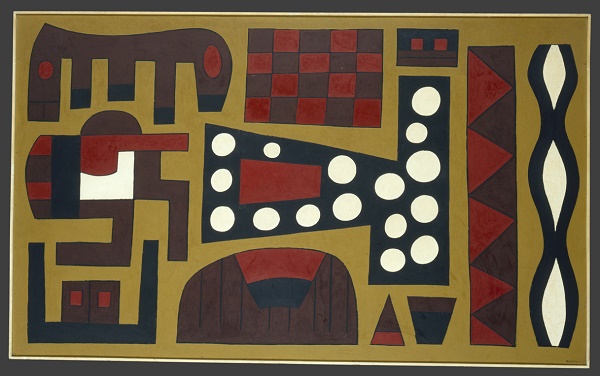
Joaquim Rodrigo, SA Estaçao, 1961
Lisbon’s Museo do Chiado has put forward an interesting initiative: under the title “Avant-garde and neo-avant-garde” (June 17, 2016 – June 17, 2017), it has elected to display the 20th– and 21st-century artworks of its collection, despite being almost exclusively known for its 19th-century pieces. However, at the risk of provoking my Portuguese friends’ outcries, I will say I was deeply bored visiting the rooms leading up to 1965. Not that I am not interested in movements like Futurism, Cubism, Surrealism or abstract art —far from it. But at the Chiado I saw mere adaptations, variations, imitations. I looked in vain for some unsettling, stimulating instances of creativity, only encountering earnest, well-rounded artworks that might have encapsulated what each of these movements were about, but that never really stood out on their own. (In the adjacent rooms, there is a dithyrambic exhibition on Amadeo de Souza-Cardoso, “greatest artist of the century,” a hidden gem finally revealed —like at the Grand Palais, I couldn’t appreciate it without taking into account the historical and cultural context.) Is this informed by Parisianocentric disdain for provincial follow-the-leader endeavors? Maybe, but then again I don’t have the same feeling of déjà-vu in front of Italian artists of this era, for instance.
![Vincent van Gogh, Vieillard buvant du café [Old man drinking coffee], November 1882, 49x28.3cm](https://artredglasses.files.wordpress.com/2015/10/1-vincent-van-gogh-vieillard.jpg?w=696)